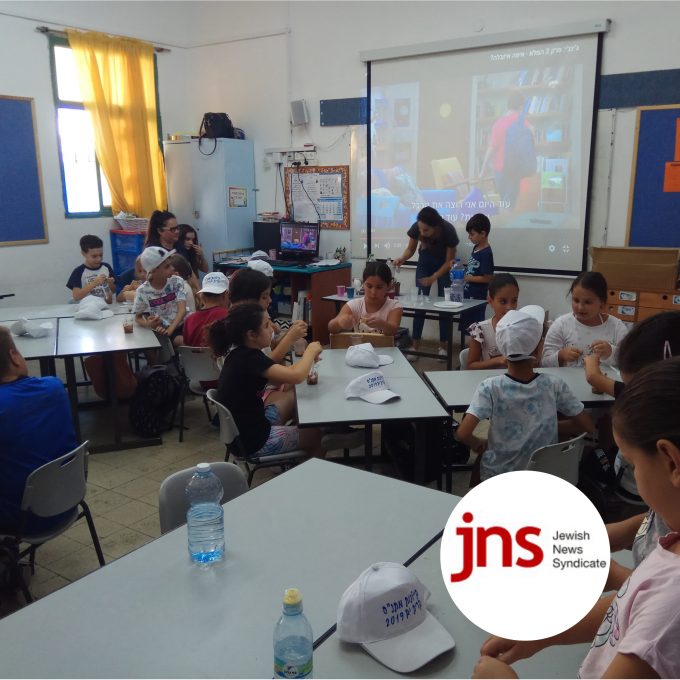26 August 2009 Presidents praise ORT Uruguays alliance with Mexican university A bilateral agreement between ORT Uruguay University and the Instituto Tecnol gico Aut noma de M xico (ITAM) has been given a surprise seal of approval by the presidents of the two countries. A joint declaration by Uruguays President Dr Tabare Vazquez and Mexicos President Felipe Calderon stated their agreement over the need to encourage student and teacher exchanges through cooperation between their countries higher education institutes. The declaration went on to identify several examples of such cooperation, including the agreement signed by ORT Uruguay. We were surprised that this information appeared in a presidential communiqu but thrilled to be part of it, said ORT Uruguay University Rector Dr Jorge Grunberg. For us its stimulating that the presidents of Mexico and Uruguay saw this academic agreement as an important part of the bilateral relationship. Mexicos President Felipe Calderon (left) and Uruguays President Dr Tabare Vazquez The agreement was signed in January and paves the way for teacher and student exchanges and cooperation in research and publications. It is the latest in a series of agreements reached with universities in Mexico and other countries which help ORT Uruguay to transcend its geographic isolation. One of the most important recommendations made at the UNESCO World Conference on Higher Education last month, which I attended, was the internationalisation of universities, Dr Grunberg said. We are doing our best but obviously its not easy to do from Uruguay because this is a small country. Our country brand is not particularly powerful in academia. However, being ranked among the top 500 universities in the world helps a lot. People consult the ranking and they know whoever is listed there is for real. The communiqu issued at the end of the UNESCO conference noted the importance of partnership agreements to international understanding and peace, a factor not lost on Dr Grunberg when discussing the new relationship with ITAM. ITAM will be another partner for us in better understanding one of the biggest countries in Latin America. We share a language but its like were on different planets, he said. And this will contribute to the stated goal of the Uruguayan and Mexican presidents to increase trade, tourism, business and cultural flows. Indeed, both men remarked on the strategic importance of the free trade agreement between their countries but acknowledged the need to see how economic cooperation could be deepened and trade barriers removed. Uruguay lost the opportunity to have a trade agreement with the USA but we have a free trade agreement with Mexico. However, its not working terribly well because of cultural misunderstandings, Dr Grunberg said. If academic institutions like ours can help to smooth these things out by improving understanding then that could help to create wealth for both countries because Mexico and Uruguay together form a huge market. These potential macroeconomic benefits would be products of the greater learning afforded to both teachers and students by experiencing other countries particularly in such prestigious institutions as ITAM, whose faculty is acknowledged as one of the best in Latin America. To that end, ORT Uruguay has been enriching the education it has to offer by signing more than 100 academic cooperation agreements with institutions around the world. Such agreements with European universities have led to European Union funding for joint research projects and, overall, to a steady increase in the number of foreign students joining ORT Uruguays 8,000 Jewish and non-Jewish students in Montevideo. ORT Uruguay was founded in 1942 as a vocational school for Jewish refugees from wartime Europe. Its steady progress towards becoming one of Uruguays key centres of further education was enhanced by the support of Bernard Wand-Polak, who was World ORT Director for Latin America between 1967 and 1983. ORT Uruguay attained official recognition as a university in 1995. Under the leadership of Director General Charlotte de Grunberg, it now has five schools and institutes housed in more than 20,000 square metres of premises, which include state-of-the-art technological laboratories, research centres and libraries.

Presidents praise ORT Uruguays alliance with Mexican university
26.08.09




